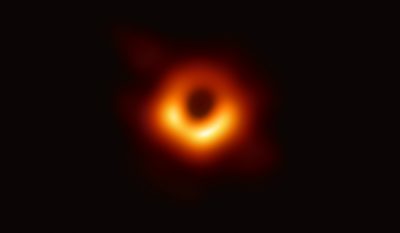UConn physics professor Nora Berrah has been elected to the historic and prestigious American Academy of Arts and Sciences. This year, more than 200 individuals were elected to the academy with compelling achievements in academia, business, government, and public affairs. Berrah, who was head of the physics department from 2014 to 2018, has been recognized for her distinguished contributions to the field of molecular dynamics, particularly for pioneering non-linear science using X-ray lasers, and spectroscopy using synchrotron light sources.
Using big lasers – like the Linac Coherent Light Source at SLAC National Laboratory on the campus of Stanford University, the most powerful X-ray laser in the world – Berrah’s research explores transformational changes occurring inside molecules when exposed to ultra-intense beams of light. In particular, she investigates physical molecular processes that occur at the femtosecond time scale: one quadrillionth, or one millionth of one billionth, of a second.
“The American Academy for Arts and Science honors excellence and convenes leaders to examine new ideas, and that it is a high honor bestowed on me,” Berrah said.
The 2019 class includes poet and Andrew W. Mellon Foundation president Elizabeth Alexander; chemical and biological engineer Kristi S. Anseth; artist Mark Bradford; gender theorist Judith Butler; economist Xiaohong Chen; academic leader and former Governor Mitchell E. Daniels Jr.; neuro-oncologist Robert B. Darnell; The Atlantic journalist James M. Fallows; author Jonathan Franzen; cell biologist Jennifer Lippincott-Schwartz; data science and McKinsey & Company technology expert James Manyika; former First Lady Michelle Obama; Cisco Systems business leader Charles H. Robbins; mathematician Sylvia Serfaty; philosopher Tommie Shelby; actress and playwright Anna Deavere Smith; and paleoclimatologist Lonnie G. Thompson.
This post has been transcribed from the announcement on UConn Today.
